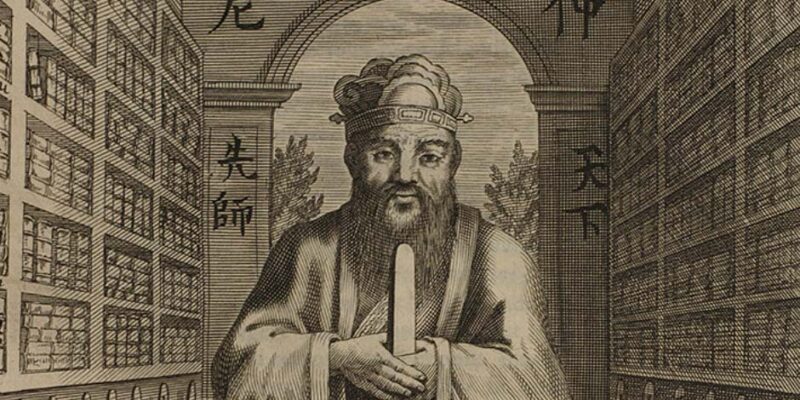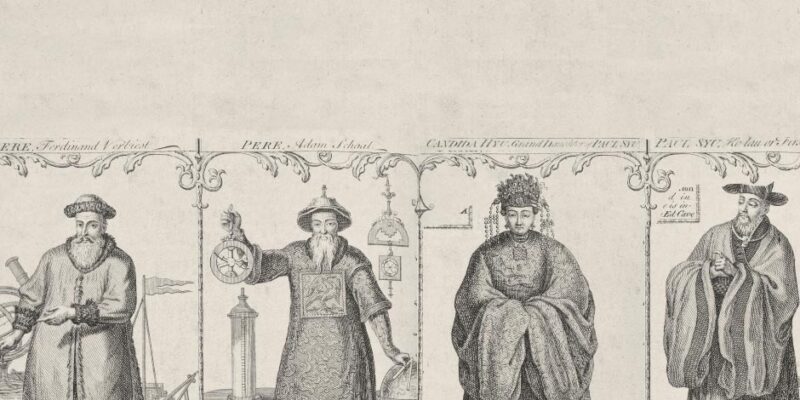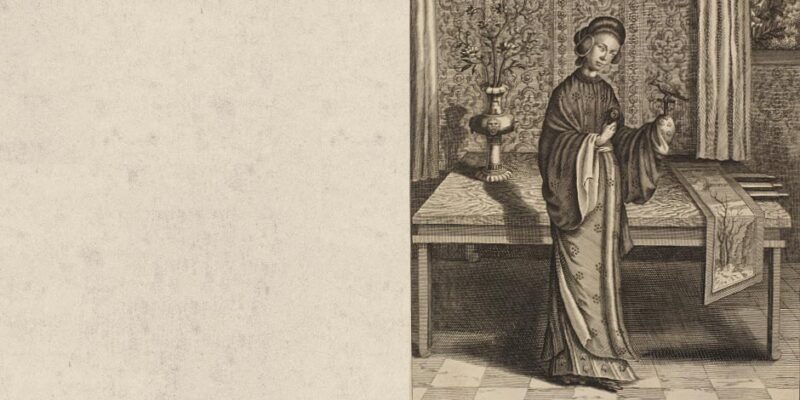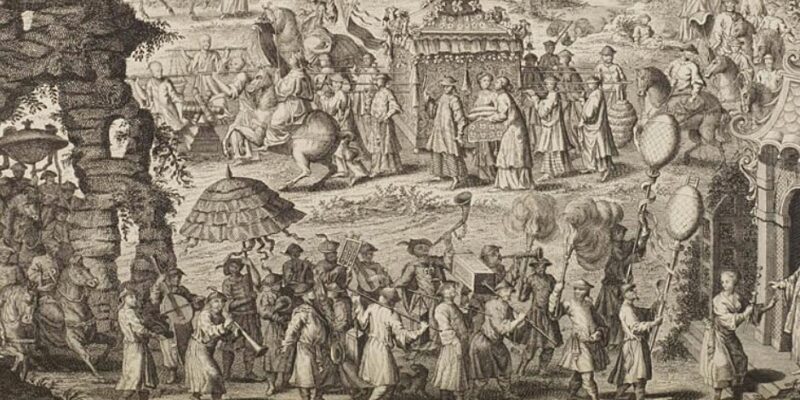
Entrata nella China de’ padri della Compagnia del Gesv: doue si contengono i costumi, le leggi
Ricci’s Journals were rapidly reproduced. This is the first Italian edition, translated by Antonio Sozzini in Naples in 1622.
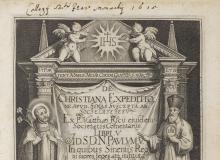
The life of Jesuit missionary Matteo Ricci (1552-1610) has continued to attract academic interest. He was greatly helped by his Chinese friends.
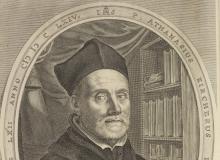
Descartes described Athanasius Kircher, S.J. (1602-1680) as “more quicksalver than savant”, others “the premodern root of postmodern thinking.” Kircher also collated writings about China.
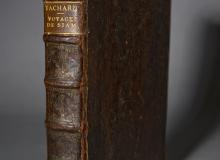
Voyage de Siam des peres jesuites, envoyés par le roy, aux Indes & à la Chine
Louis XIV appointed as his mathematicians Guy Tachard (1648-1712) and five others and sent them to Asia. Their journey included Thailand (Siam).




